What is a constitution? The form of this document is similar to the ordinary law, and many have a question, why does this act need a separate name. What distinguishes it from a huge array of normative texts, what is its significance? What is the origin of the word? Which countries do not have a constitution? What is its essence? What social relations does it regulate? Let's try to answer all your questions.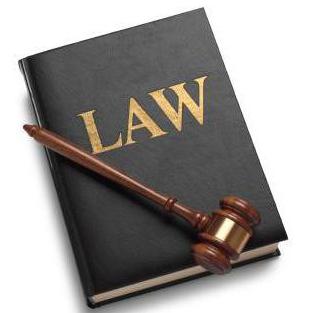
Let us turn to etymology
It is impossible to unequivocally answer the question of what the constitution is without knowing where this term comes from. This word comes from the Latin "constitutio", which in translation into Russian means "establishment, structure." I would also like to note that the word “constitution” is used not only in the meaning of a certain document of a normative nature. The same term is used in anatomy and means a set of stable properties of organisms (both morphological and functional), which is due to hereditary characteristics, as well as intense and prolonged exposure to surrounding reality. Thus, the word “constitution” describes something stable and long established.
The opinion of scientists
In science, there are many versions of what the constitution is. As a rule, the basis of all definitions is the place of this document in the system of all legal acts, as well as the subject that is regulated by it. The most widespread concept of the constitution as the main law of the country, which fixes the organization of power and determines its relations with individuals, as well as with the whole society. If we consider the form of this document, we can say that we can define this term as an act (or in some cases their combination), which has the highest legal force. It is for this reason that the constitution is called the fundamental law. The fact that no other state act can and should not contradict the provisions of the constitution is undeniable. However, this document gives such a property its material content, the significance of those social relations that fall into the zone of its regulation.
Key Points
To understand what a constitution is, the establishment of those fundamental dogmas that are usually fixed in it will help. Most often, this document reflects, firstly, the rights and freedoms of people and citizens. In addition to their proclamation, the constitution also establishes guarantees for their observance. Secondly, this act gives a direct indication of the organization of power in the state, the form of government and other significant political issues.
Essence
This philosophical category reflects the content of the document. And on this occasion, discussions are ongoing in science. According to the influential scientist F. Lassalle, the constitution of the state is nothing but a reflection of the balance of power in society, which means it has a class character. Many scientists, on the contrary, believe that this document is a form of expression of social, national interests and represents a compromise. D.L. Zlatopolsky, in turn, sees the essence of the constitution in popular sovereignty.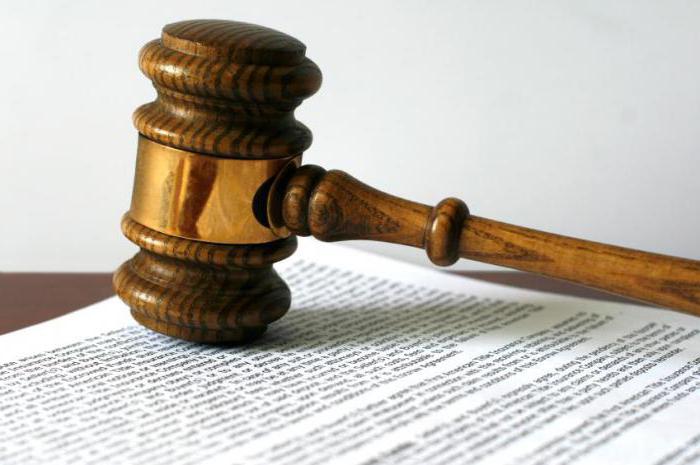
Signs
The main property of this document is, of course, the highest legal force. Departure in other acts from the provisions of the constitution is not allowed. The second sign is the relative stability of the document. This is due to the special procedure for changing the provisions fixed in the main law, as well as the addition of new norms. The Russian constitution is tough. This means that amending its text is an extremely difficult process.The third feature of the fundamental law is the direct effect of its norms. This means that the provisions enshrined in the constitution are independent and do not need additional mediation by acts of the current legislation. And, finally, the fourth sign - the basic law plays the role of a rule-making base, the basis. For other legislative acts, the constitution is the platform, the core.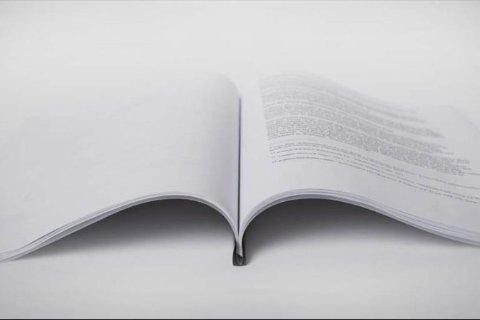
Principles
Constitutions also have their own basis, that is, some fundamental postulates on which its entire text is based. The basic law of the Russian Federation is based, firstly, on the principle of democracy. Its essence lies in the fact that the constitution establishes the belonging of all power to the people. In addition, citizens of the state are proclaimed carriers of sovereignty. The second principle is legality. This position is enshrined in Art. 15 of the Constitution, which refers to the fact that the fundamental law has direct effect, as well as the highest legal force. The third postulate is the equality of all citizens. We will find him in Art. 19. The fourth principle is humanism. It is viewed in recognition of man as the highest value. It means taking care of people, the development of their best spiritual and necessary physical qualities, as well as the material conditions of life. The fifth foundation of the constitution is the idea of state unity, which is of great importance for a multinational federation. You can find the consolidation of this principle in the Preamble, as well as in Art. 4 of the Basic Law. This postulate is combined with the next, sixth in a row, with the establishment of equality and self-determination of peoples. Another principle of importance for the organization of governance in the country is the consolidation in Art. 10 and 11 of the Constitution of separation of powers. And the last of the main, the eighth postulate - a multi-party system, or, in another way, ideological diversity.
Origin
How and where did the first constitutions appear? The prototype of the first such documents was the colonial treaty of 1620, which recorded legal relations in New England (now the land of the United States). In general, this institution originated in the United States. At first, constitutions were adopted in individual states (such as Connecticut, New Haven, Pennsylvania). Then the main law appeared in the United States and as a state law in 1787. On the European mainland, the first constitutions were adopted in Poland and France (1791). In Russia, this document appeared only in the XX century - in 1918.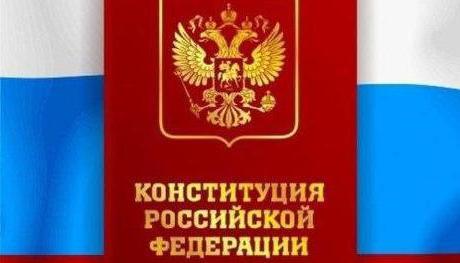
Russian constitution
The Russian Federation has the Basic Law, which was adopted in 1993 by the people. It includes, firstly, the Preamble, and secondly, 2 sections. The first of them is divided into 9 chapters. This section reflects the foundations of the constitutional system, the legal status of the individual, the structure of the state. In addition, it enshrines the basic provisions on the highest authorities. Together, section 1 is 137 articles. The second part of the Constitution consists of only 9 articles. Here we are talking about final, as well as transitional provisions.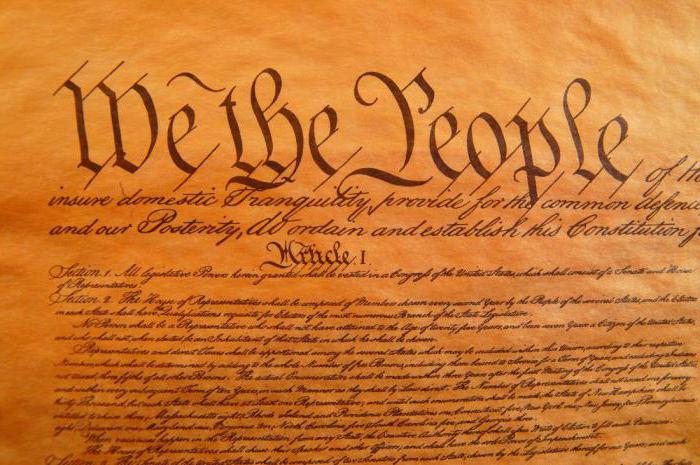
Classification
It is believed that the constitution is the most important law in its essence, but some countries do without it. Often set as an example, Britain, Israel. However, the fact that in these countries there is no act called the “Constitution” cannot mean that the most important postulates of the state system are not fixed in their legislation. Studying the concept of the constitution, it should be noted that they can be written and unwritten. The former are traditional, expressed in the form of a document under the same name. The second (as in the UK and Israel) are a combination of ordinary laws, customs, and acts of the judiciary. These documents are not combined into a set of acts and are not delimited from others on the basis of higher legal force. Also relevant is the classification of constitutions based on their adequacy and relevance. By this criterion, real and fictitious fundamental laws are distinguished.The orders of the former embody reality, and the latter, in turn, reinforce such provisions that differ from the actual model of state structure. Ideally, all constitutions should be real, adequate to the legal relations existing in society and the state, but, unfortunately, in practice they do not always have these signs.
